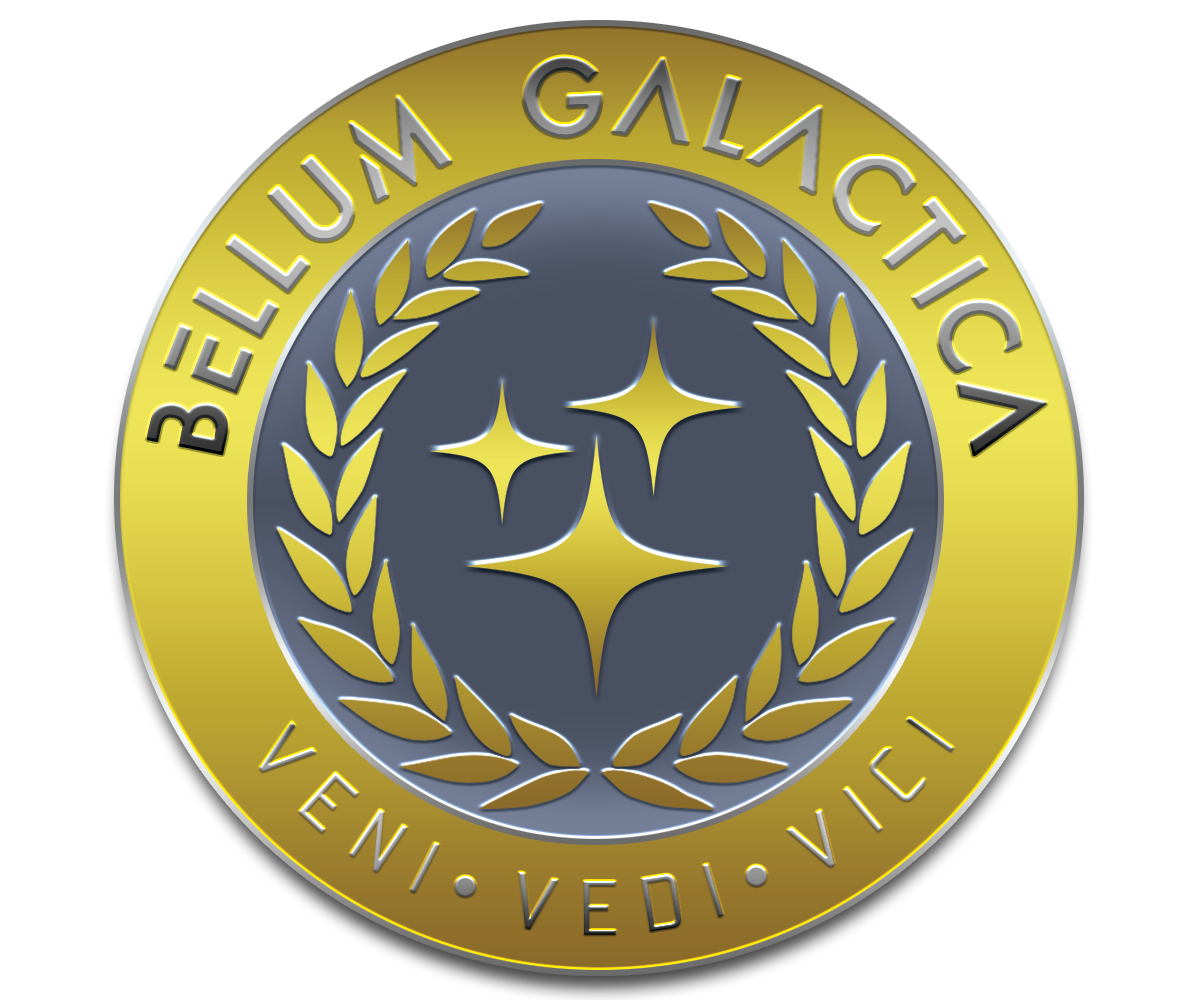
UNITS

Aegis-Class Mk II Terran Battlecruiser
CAPITALS
Capital units are heavy, powerful craft capable of self-powered interstellar travel. They tend to require a significant resource investment to build, with more substantive staying-power relative to other units.
Capitals bring the “boom” for a fleet, but also generally need to be screened by smaller units to reduce the chances of a stray shot from a “snub” fighter hitting one of those pesky exhaust ports.
Other powerful units not capable of self-powered interstellar travel are categorized as “Surface Assault,” and depend on fleet transport or drop-ships to deploy offensively.
Capitals are divided into three sub-categories:
LIGHT CAPITALS >> 7.0 -19.0 FIREPOWER
MEDIUM CAPITALS >> 19.0 – 24.0 FIREPOWER
HEAVY CAPITALS >> 25.0 – 50+ FIREPOWER

Bird-of-Prey Stealth Corvette (uncloaked)
PICKETS
Pickets are light, multi-crew spacecraft capable of self-powered interstellar travel. They run the gamut from heavy fighters to light capitals and are generally cheap, easy to mass produce and considered “expendable.”
Pickets are often used to screen more vital elements of a task force, but can also be deployed as scouts, decoys, feints or even in massed formations as planetary conquest fleets in their own right.
Pickets may sometimes be deployed as flagships with fighter squadrons and ground fodder. Such battle groups are often tasked to subjugate neutral systems or capture weakly defended worlds in an enemy hinterland, while the main battle fleet besieges the empire’s home system.

Maurader MkII Power Armor
FODDER
Known as grunts or “cannon-fodder” by those who are being honest, fodder units take most of the guts but get precious little of the glory.
Cheap and expendable, the category includes squads of militia, power armour, space marines, conventional tanks, artillery, interstellar warp fighters and short range “snub” fighters.
Fodder is divided into three categories:
- Warp Fighters
- Strike Fodder
- Defence Fodder
Warp fighters are capable of self-powered interstellar travel, unlike the “snub” fighters which are smaller and need to be carried into battle.
Strike fodder is generally lighter, making it easier to transport on the offensive, while defence fodder tends to be heavier and more static, though any unit can be used defensively or offensively, given enough transport capacity.
Fodder units form the front line vanguard in any battle, putting themselves between the enemy and more high-value units. Their job is literally to die, so the capitals don’t have to.
No one said war was fair.

Atlas MkIII Assault Jaeger
SURFACE ASSAULT
Kings of the gravity well, surface assault units are capitals in all but name. They are large, powerful ground or orbital units that share one trait in common: they lack the capacity for interstellar travel and are thus dependent on fleet transports to deploy offensively.
When part of a mobile surface invasion force, assault units are more than capable of functionally adopting the combat role of “capital,” provided care is taken to insure that their fleet transports are not shot out from under them, leaving them marooned.
Because they eschew warp drives, the associated design space can instead be devoted to heavier weapons and thicker shielding, making some of them among the most powerful individual combat units in the galaxy.
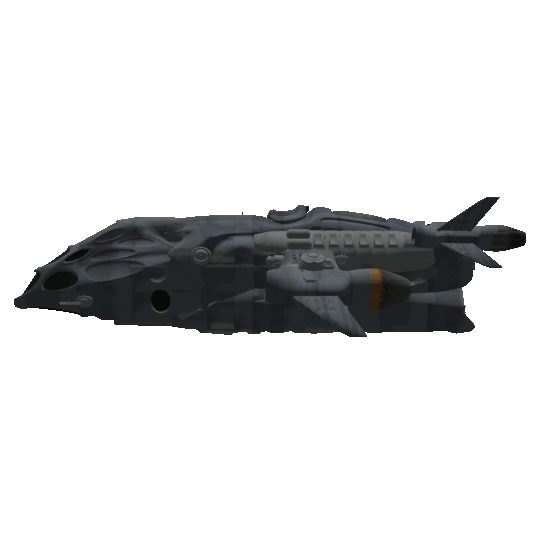
Halcyon-Class MkII Assault Drop Ship
TRANSPORT
“An army marches on its stomach.”
– Napoleon Bonaparte
No successful galactic warlord ever neglects the importance of logistics, making heavy-lift intergalactic transport of personnel, supplies and hardware a critical element to victory.
While it is possible to conquer star systems using just orbital bombardment, when total war is declared between empires an old-time ground invasion is usually required to secure victory.
Delivering ground fodder and heavy assault units to the front lines falls to the specialized units of fleet transport.
Coming in a range of shapes and sizes, from unarmed warp engines teathered to their cargo, right up to the Halcyon-class fleet cariers and drop-ships, successful deployment of strategic transport will make or break many conflicts.
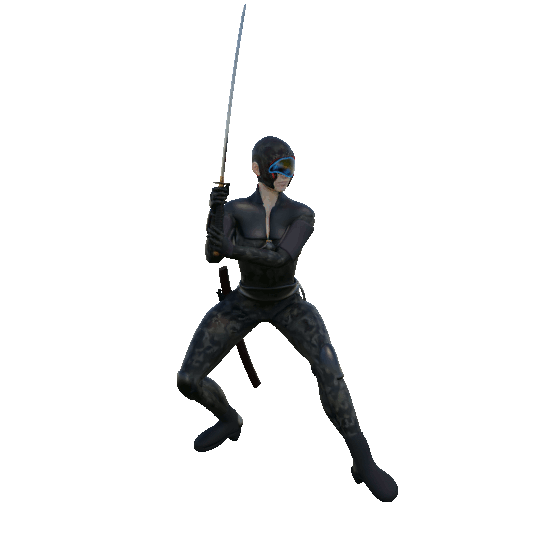
Spice Prescient MkII Weirding Witch
SPICE PRESCIENTS
“Spice” is the common name for a powerful mind-expanding neurotropic that can provide foresight and near-supernatural mental powers.
Devoted practitioners learn to master the potentially fatal side-effects through a regime of discipline and training known as The Weirding Way.
Once harnessed, devotees begin to unleash a range of mental and physical powers of unparalleled martial potency, as their consciousness envelopes an enlightened mastery of space-time itself.
Starting with a limited capacity to see the immediate future, practitioners learn to dilate time, move through parallel dimensions, read minds, reverse personal time-flow and eventually fold space-time itself.
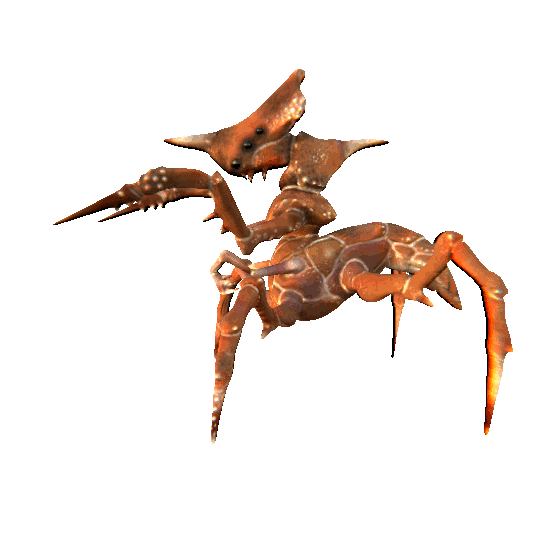
BUG QUEEN
SPECIALISTS
Specialists are exceptional units possessed of such merits as to warrant their own special classification.
All specialists make some sort of exception to the usual rules. Some are only available to empires of a specific alien species, or they interact with other species-specific abilities in a certain way.
Others possess powers and abilities making them a potent strategic asset in their own right.
What all share in common is the capacity to influence the battlefield in unique and powerful ways.
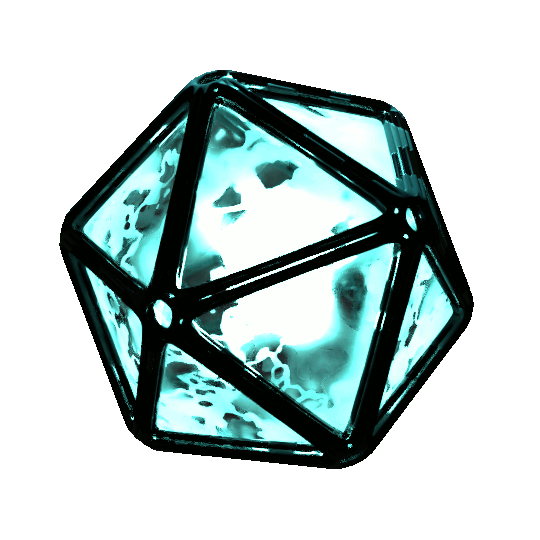
1 UNIT OF UNOBTANIUM
LOGISTICAL
These units are non-combatants, participating in the administration or management of the empire in some way that does not involve fighting.
Logistical units do not have firepower and can not be targeted in battle. Some are sensors, others are resources and at least one is a MacGuffin that represents alternative victory conditions.
Logistical units that survive battle are captured by the victor and not destroyed, with the exception of Fabrication Modules which may suffer collateral damage.
